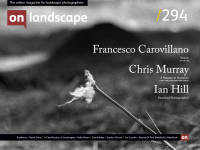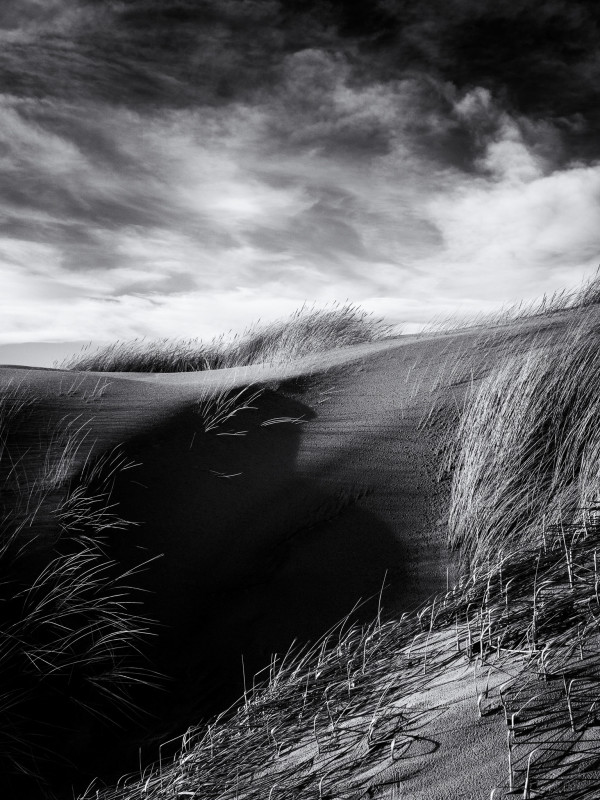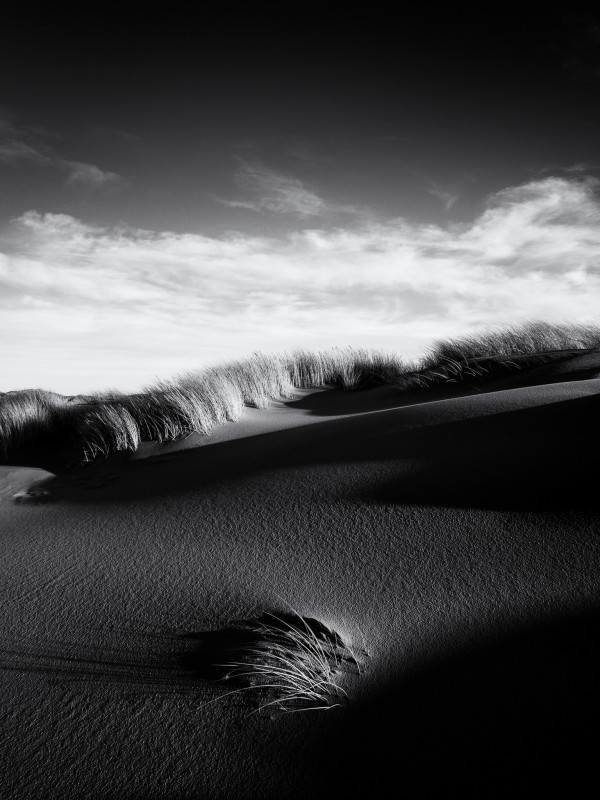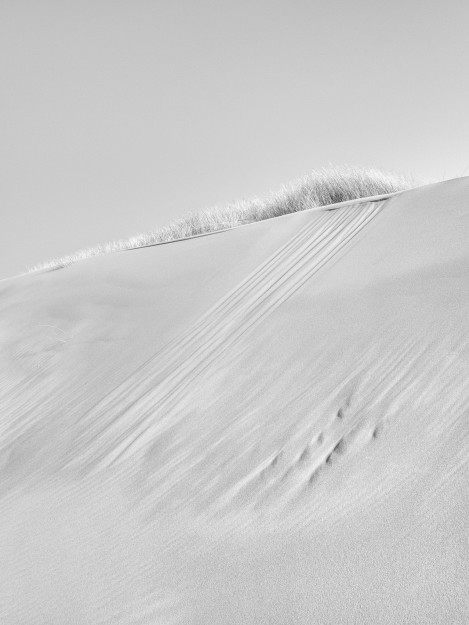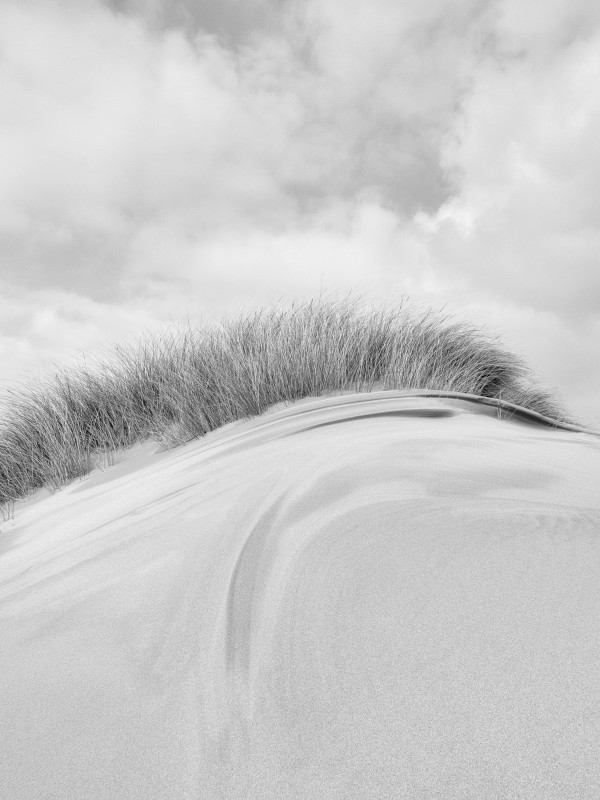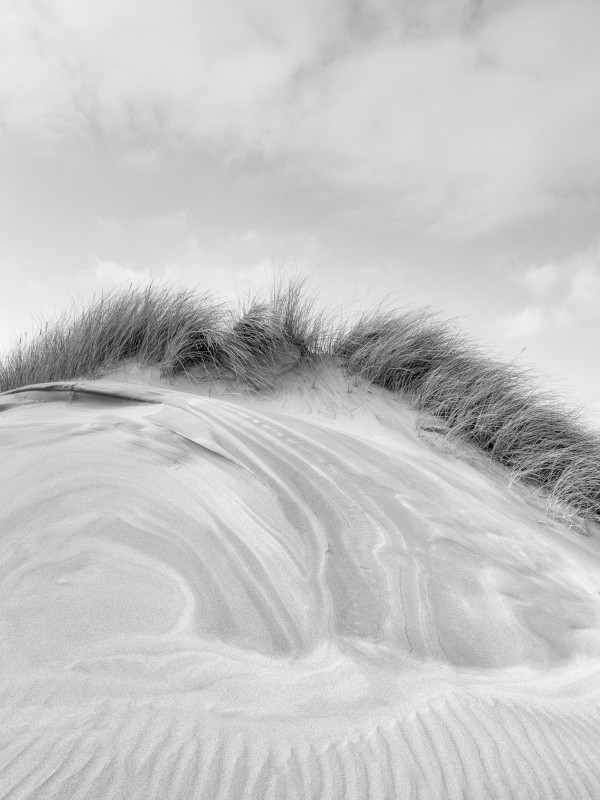Working within time & geographical constraints

David Baker
My work is showcased on my long standing photoblog: milouvision.com. I am interested in the sea, the forest and common ground. I have exhibited widely with solo and collaborative shows with photographers and other artists.
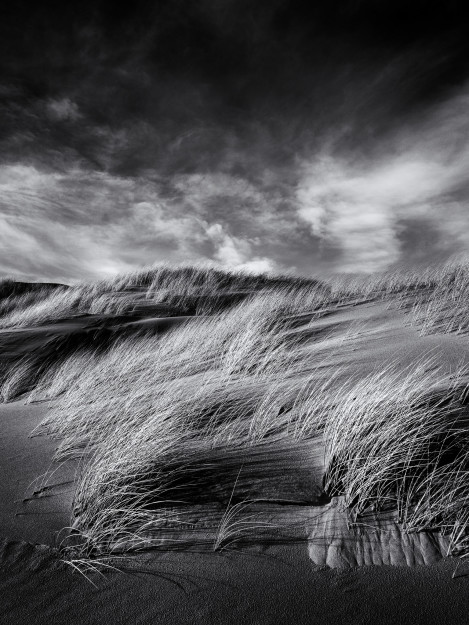
There is often an ancillary to being a committed coast hugger. Whilst living in fiery southern England, access to the stretch of coast I explored was usually through the New Forest. Often, there was light streaming through the chaos of the trees and bracken, and so, rather than heading straight through, I started to stop and consequently concentrated on the forest itself. Soon, there was a project. The New Forest is an extremely popular place for visitors throughout the year, especially so during daylight hours in summer. Through the project, I wanted to show how the forest looked outside of those times and perhaps provide a motivation for other photographers to engage with an environment in their own personal way.
It is fair to say that much has been said about getting to know your part of the landscape, which is invaluable in terms of accessing and recording the change or nature of light and the way the land evolves. Such was my first engagement with Forvie in Aberdeenshire. Initially, it was the beach, the sea and how, in the winter months, the sea and sky merge within the same colour palette. That sense of peace and of losing yourself in the landscape and the photography process.
To get to the Forvie coast, there is a need to trek/hike/yomp (I call it a trek, but my partner says it is a mild stroll) through the sand dunes. I was used to a few dunes when living on the south coast, but these were something else. The Sands of Forvie are part of the Forvie National Nature Reserve, which covers almost a thousand hectares of sand dunes and dune heath between the North Sea and River Ythan estuary.
During the past five years, there has been an extensive engagement with these dunes and I have made many photographs of the textures, the abstracts and of the dune system.
The first engagement was in late January and was mostly about recording the dune system in context by making wider images with the sea as background and some sunset sky. There was also the attraction of recent frost, causing the dunes to look as though covered by an icing sugar coating with a strong sun, allowing a variety of textures with shadow lines like mini fantasy worlds. It was wonderful - the curves of sand lines leading to the dune tops with a small cloudscape accompanied by images of an abstract nature of the sand patterns and the effect of the frost alongside the relationship with the grasses. Well, it was all very enjoyable being out next to the coast in the fresh Aberdeenshire weather, and something obviously had happened. I wanted to return and although there were no project ideas at that time, I felt that it had to be in frosty conditions and to immerse myself in a relatively small area of the dune system.
I returned a year later due to the frosty conditions and although they were a few dune portraits, they did not have the sea as background - they were isolated against cloudy skies. I began to take more and more abstract images as though as if from a panoramic view of an Arabian landscape. The strong sunlight really helped, as did the strong winds of the previous days that had swept away any footprints and provided excellent ripples. This sort of approach continued into the next year with more and more concentration on abstracts and forms.
In 2022, there was a different shift in my approach. During a second visit in March, I thought could I make a coherent project from just a day's visit with images being part of a wider body of work? From that single day, I made a small monochrome project called March Days (March as, well, that was the month and March as in the route March takes to get to the dunes…), and a subsequent book was printed.
There is something special about losing yourself in the photographic process, trying to create a series of works within a tight time and geographical constraints. On reflection, it is the way that I work within my projects, although never intentionally.
A visit is best after a good wind-bound day and ideally frosty conditions, and there is no need for the so-called golden hours as I have and continue to make work in the bright, cloudless midday sunshine with the consequence of wonderful textures and shadows.

